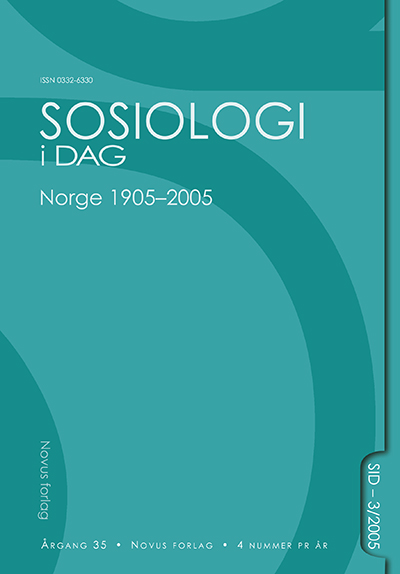Sammendrag
Abstract
In the aftermath of the European revolutions of the mid 19th century, republican ideals appeared within radical movements in Norway. The struggle against a state led by the bureaucratic elite and monarchal power gave new impetus to the republican movement, and many politicians of the Left party (Liberal) declared themselves to be republicans. But this was mainly a principle; republicanism never became a political demand within the Left party. The main priorities were reform subjects like the introduction of parliamentary power and increased national independence. At the same time republicanism was undermined by the very same nationalism which nourished it. The view of the age of the sagas as a golden period where kings held the roles of heroes increased the legitimacy of the monarchy. When the question of the constitution was raised in 1905, it was overshadowed by the desire to obtain international recognition for Norway as a nation. Christian Michelsen, a republican, was broadly supported when the question was postponed until the crisis with Sweden was resolved. In the intervening time he changed his mind, and when the issue was again raised after the reconciliation in Karlstad, he whole-heartedly supported the maintenance of the monarchy. Considering Michelsen's position in the eyes of the population after having masterminded the abolishment of the union with Sweden plus the fact that the republicans lost sympathy after the criticism of the Karlstad reconciliation, it is hardly surprising that an overwhelming majority both in parliament and in the referendum elected to maintain the monarchy.
Keywords: 1905, monarchy, republican movement, Norway
Authors who publish with this journal agree to the following terms:
Â
- Authors retain copyright and grant the journal right of first publication, with the work 1 year after publication simultaneously licensed under a Creative Commons Attribution License that allows others to share the work with an acknowledgement of the work's authorship and initial publication in this journal.
- Authors are able to enter into separate, additional contractual arrangements for the non-exclusive distribution of the journal's published version of the work (e.g., post it to an institutional repository or publish it in a book), with an acknowledgement of its initial publication in this journal.
